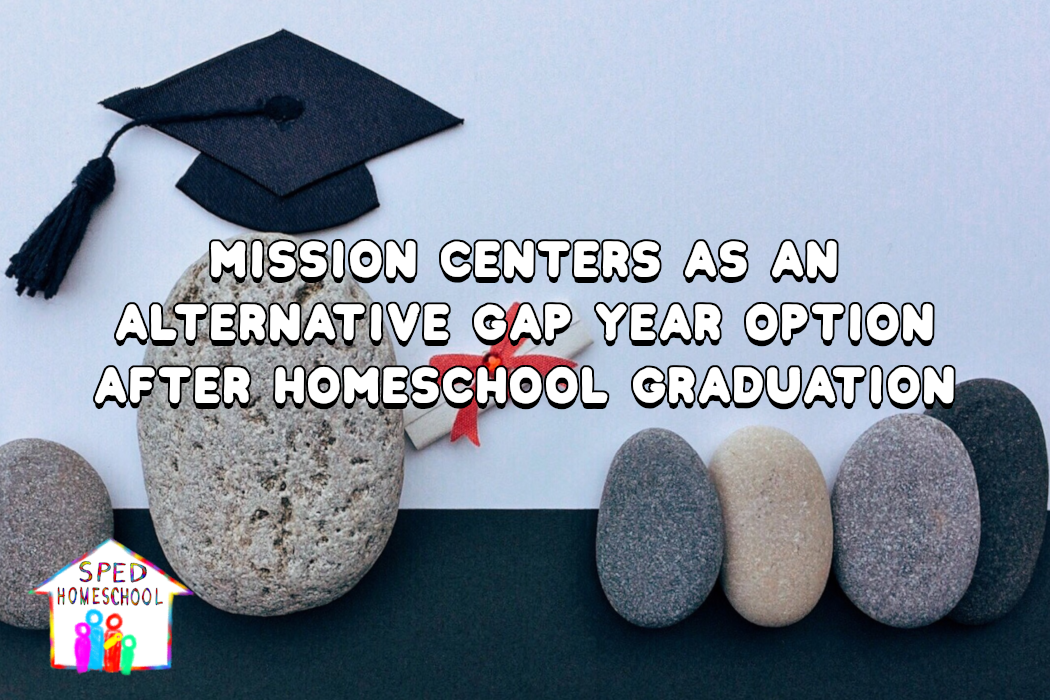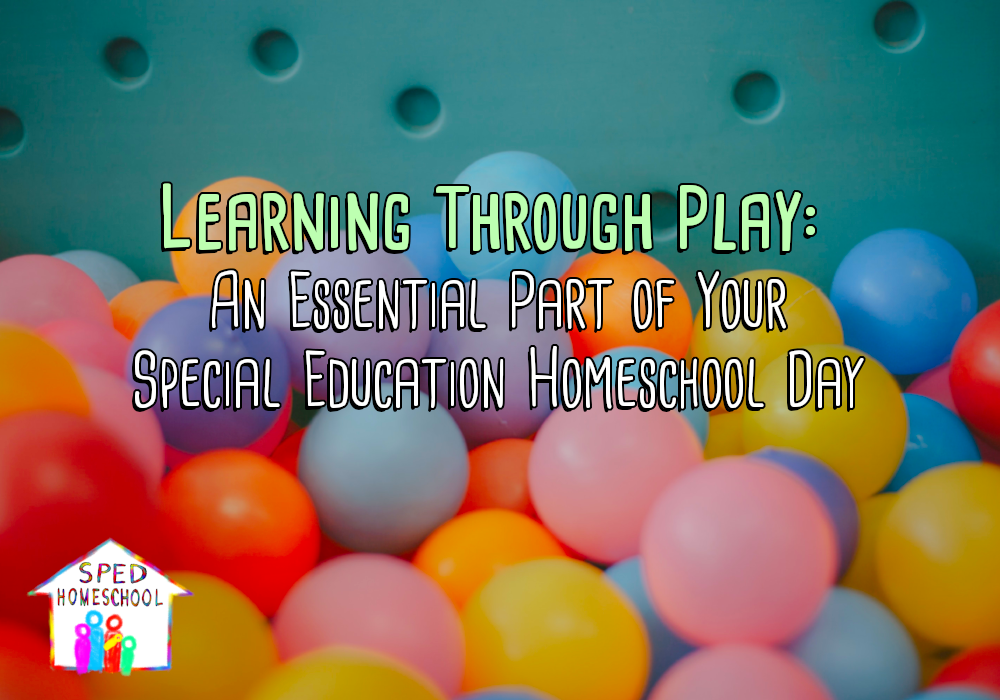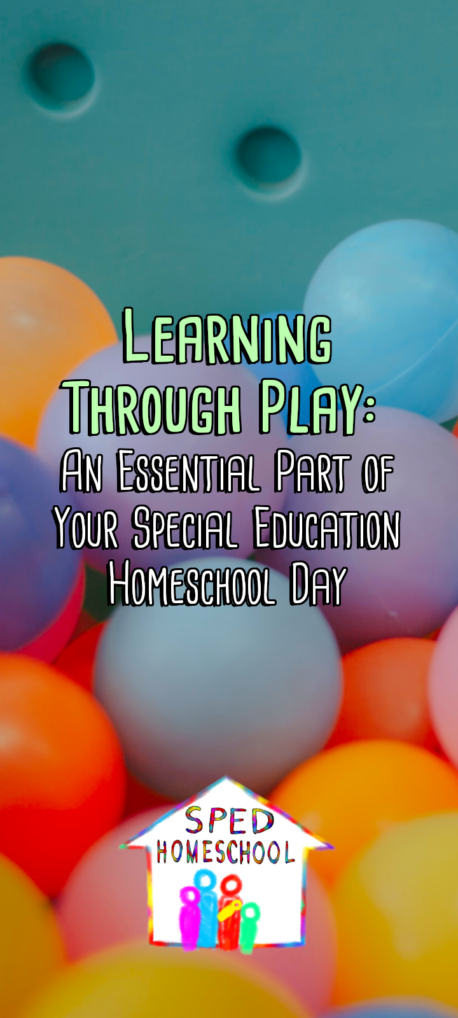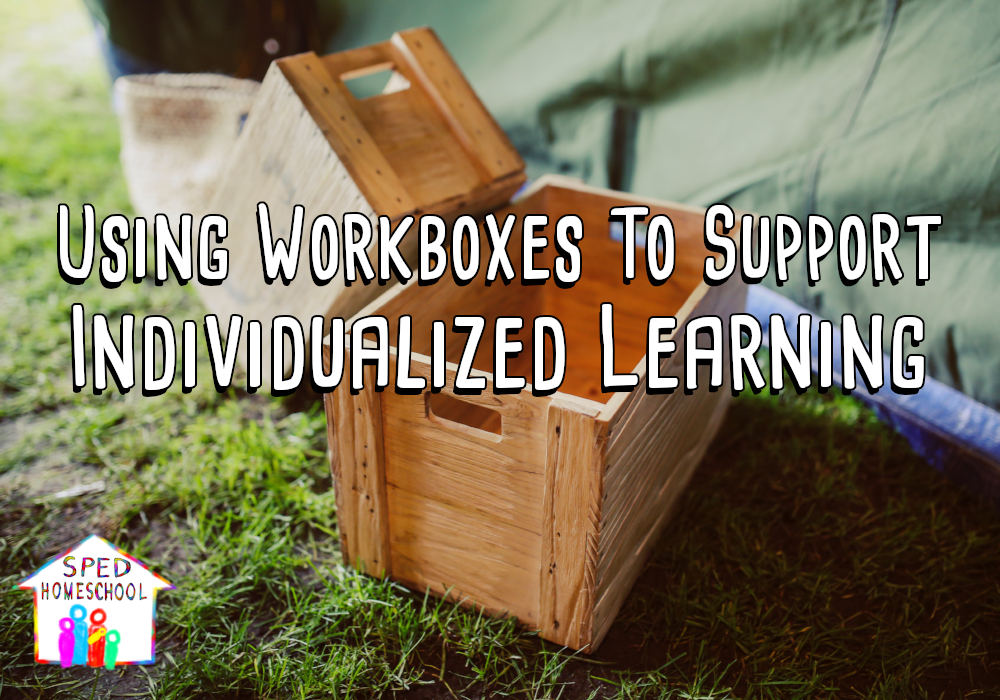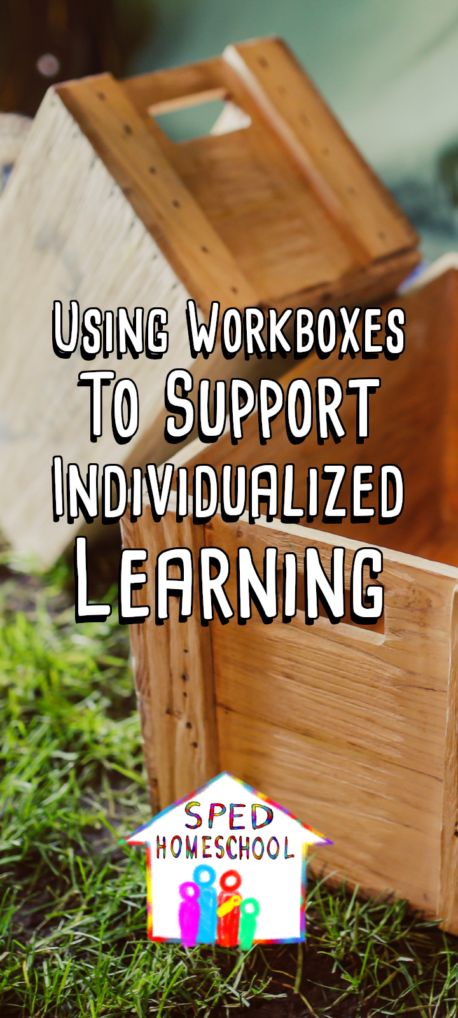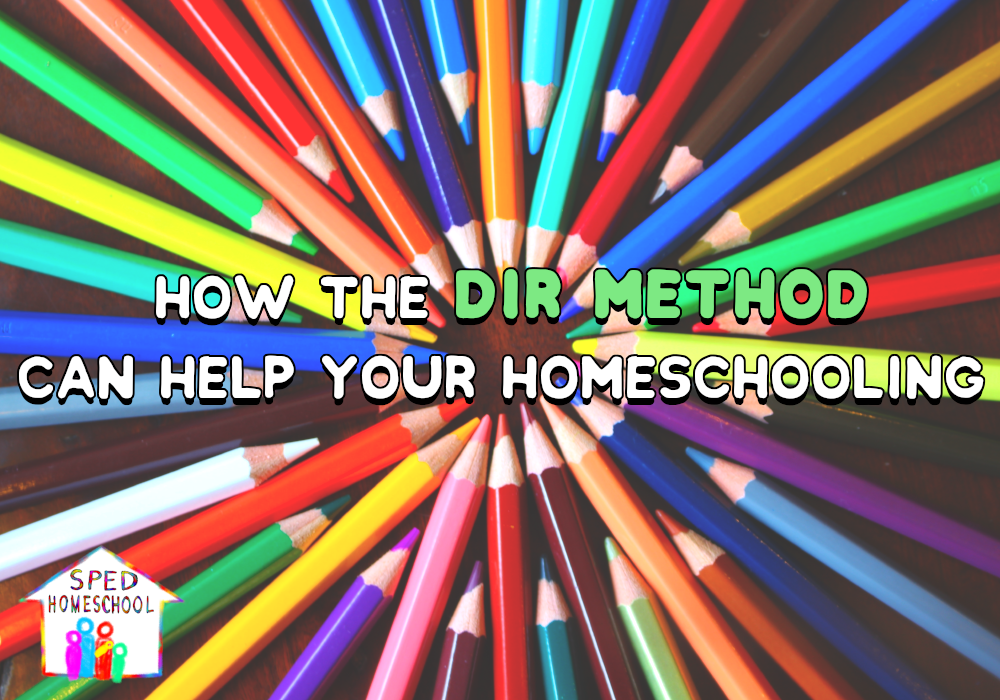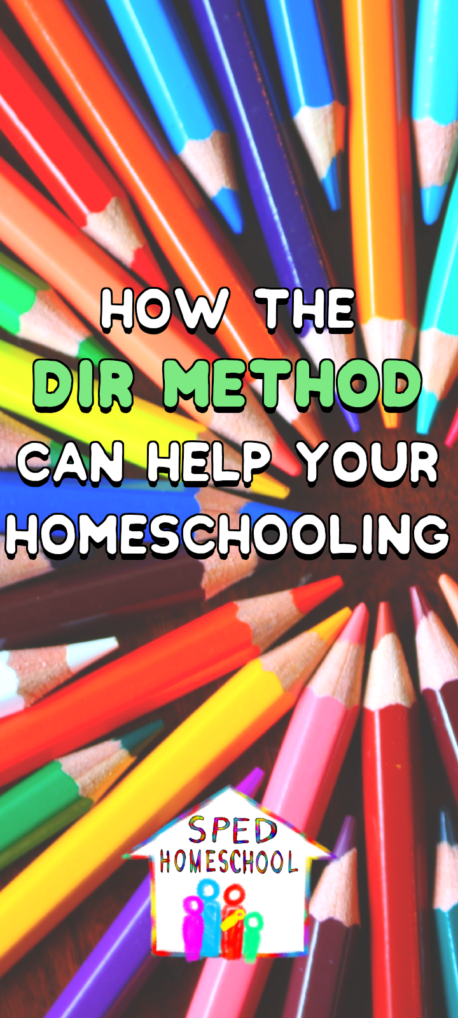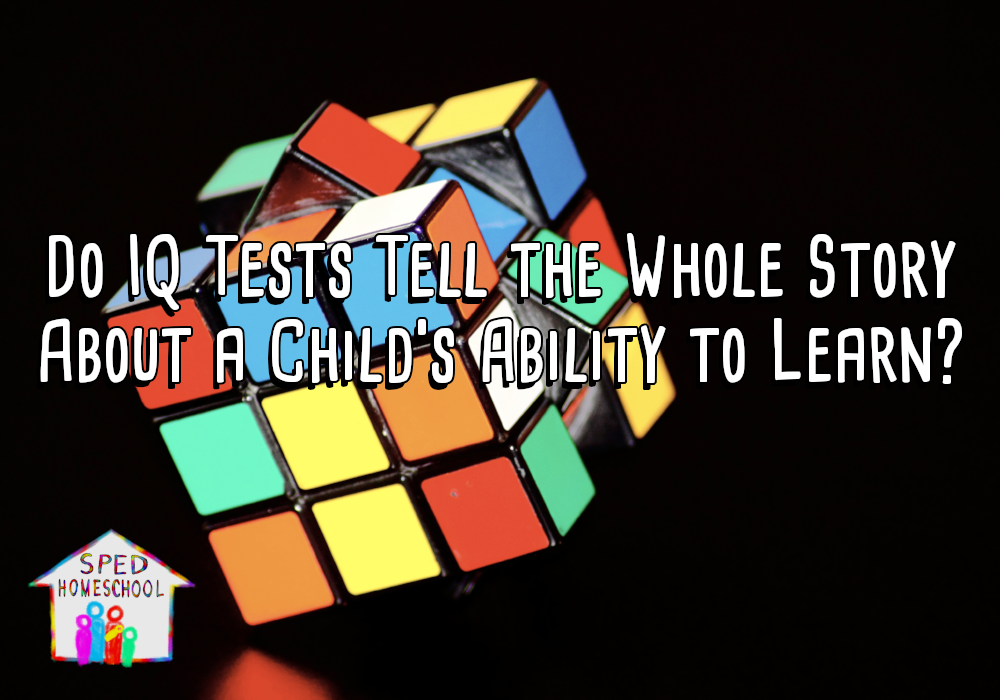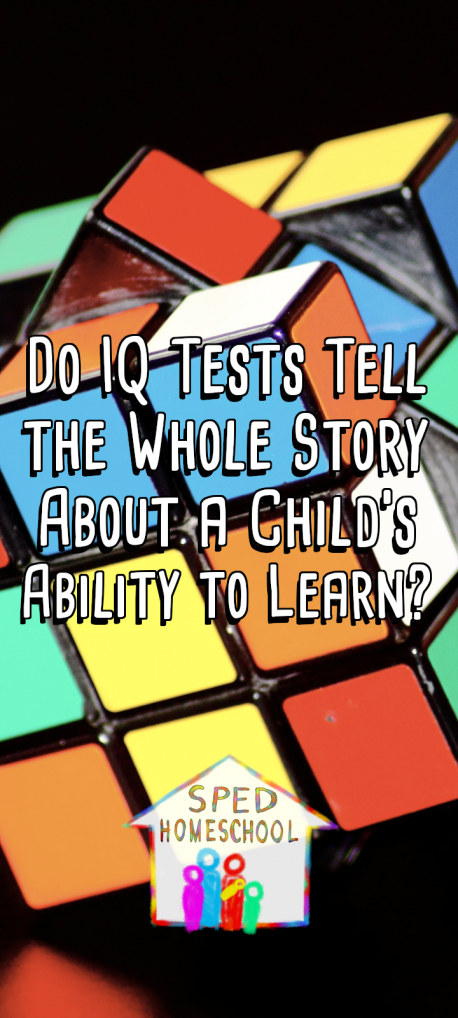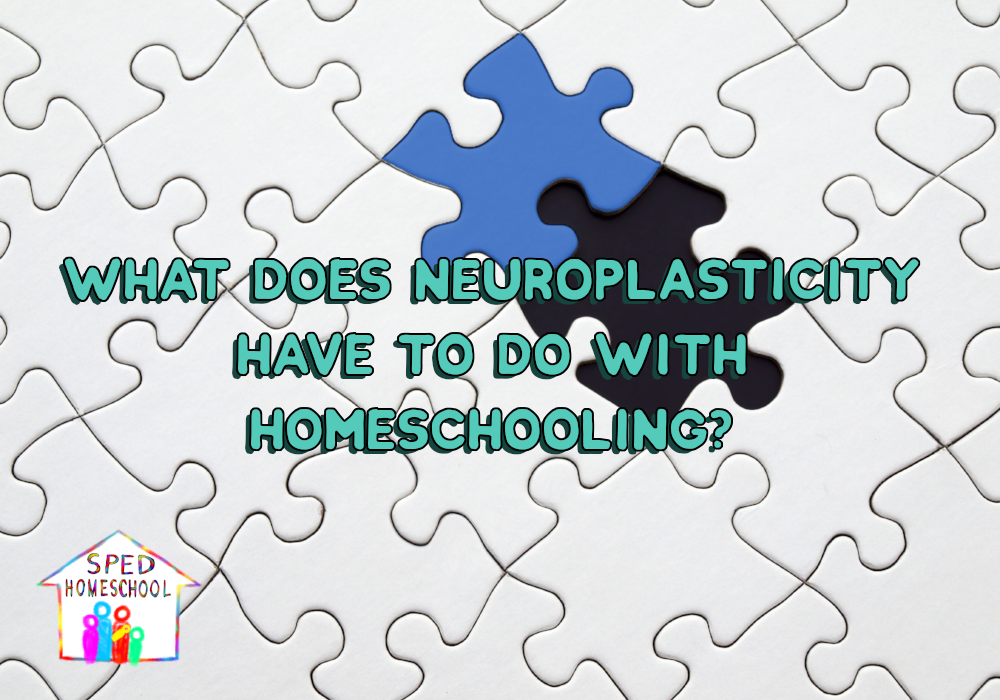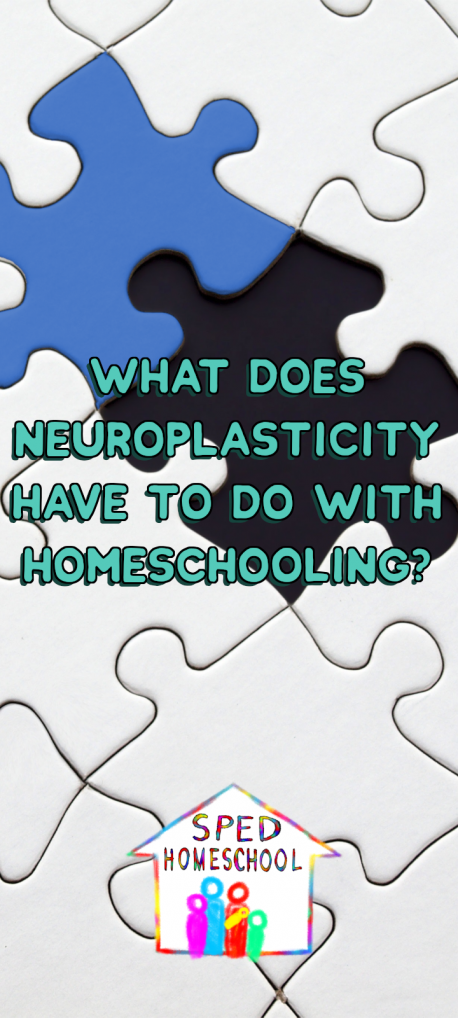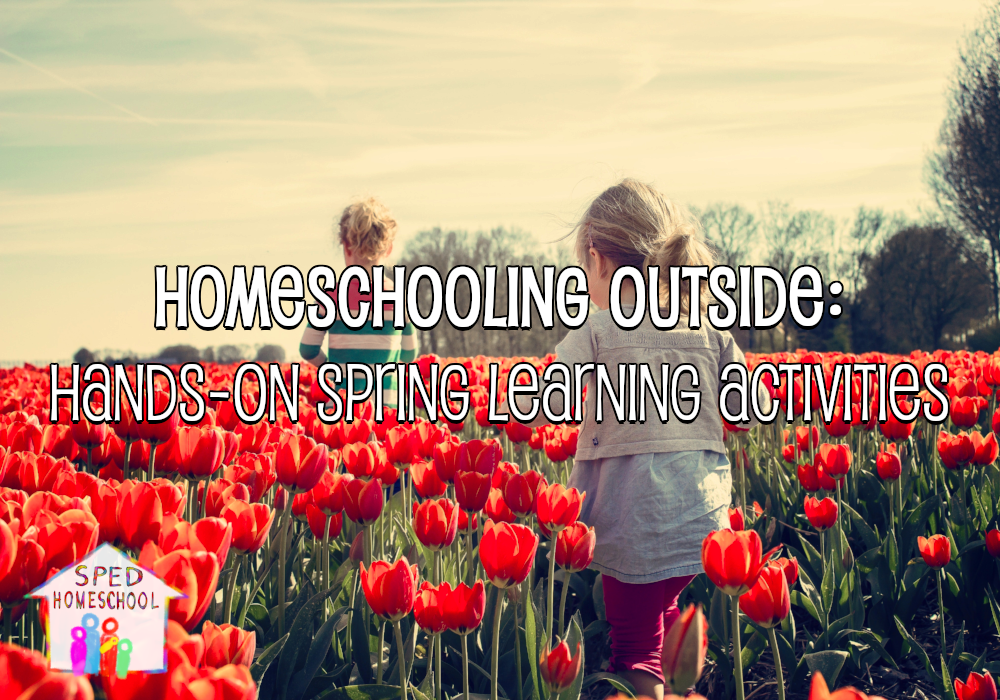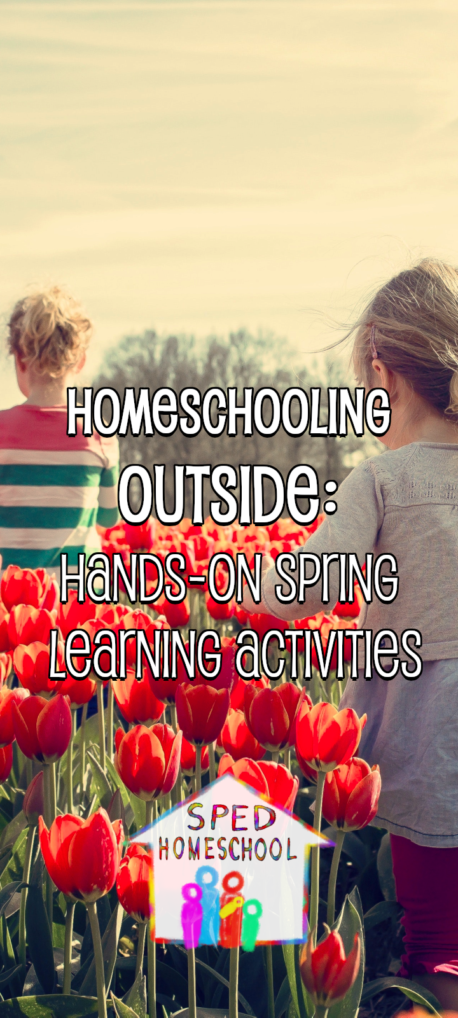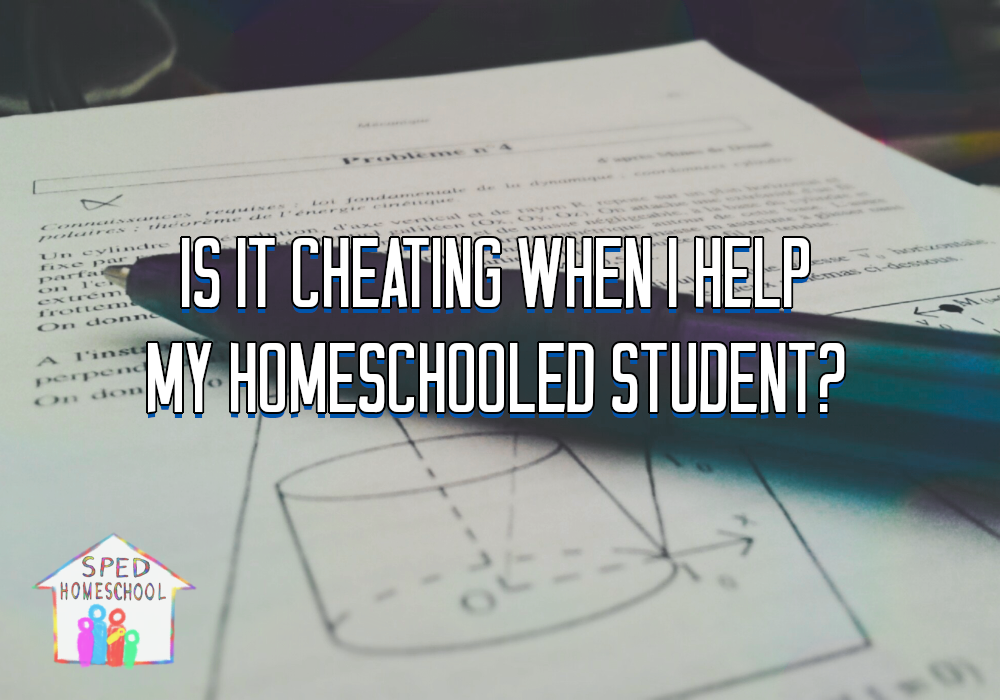By Dianne Craft, MA, CNHP
In a recent email I received, a mom wrote:
“Hi Dianne, I just came upon your website and articles for the first time and I am very intrigued. You keep mentioning that different teaching strategies and therapies work for ‘bright, hard working children who have to work too hard to learn’. Our son (13) is described as a “slow learner.” We think he’s pretty smart but the teachers and psychologists in his private school don’t agree. They have tested him and found that his IQ is 81. To me, his problems look like dyslexia and severe dysgraphia but the school psychologist told us that his IQ isn’t high enough for that diagnosis. Do you think different teaching strategies and methods will work for him?”
IQ Testing
This mom’s email poses a very good question. Let’s look at how a child’s IQ is tested, and how these tests are interpreted.
Generally, the cognitive (IQ) test, the WISC-IV, is given to determine whether a not a child has a learning disability and qualifies for an IEP (special education intervention). The rationale is that if a child tests with an average (90-109), or high IQ, but is testing far below that level in core subjects such as reading, writing or math, that the child has a learning disability. The child is then given an IEP, with the intent of using different teaching methods (small groups, etc.) to help that child achieve up to his/her ability level.
However, if a child tests with a low IQ, and also tests far below level in the core subjects, it is determined that interventions would not help this child, because he/she is learning at his/her capacity. This is a cruel position for a child to be put into. The child is then assumed to be a “slow learner” and is saddled with low expectations throughout his/her school career.
Could a child be “smart,” and still test as having a low IQ using the most common tests? Let’s look at the parts of the test.
There are generally four parts to the IQ test:
1. Verbal Comprehension
2. Perceptual Comprehension
3. Working Memory
4. Processing Speed
After 30 years of working in special education, many of them in public schools, I no longer have much faith in the IQ tests and their interpretations. Why? A child may be thoughtful, creative, and curious, with a great speaking vocabulary, but test low in Verbal Comprehension and Working Memory because of an Auditory Processing Problem.
Working Memory frequently “sinks their ship” in this test because it requires very good auditory memory, such as auditory sequencing skills and ability to hear one’s “silent voice.” In this part of the test, the child is given a sequence of numbers and letters orally and asked to repeat them back to the examiner, and then repeat them in reverse.
While the intent is to test their IQ, in my opinion, it really is testing a child’s Auditory Processing skills. I have found that one of the ten Auditory Channels is the ability to sequence unrelated sounds. That actually is what this part of the test is checking. Thus, when I was reviewing a student’s file, before creating a learning plan for him, if I saw that the Working Memory and Verbal portion of the IQ test were low, I would pull out all the Auditory Processing correcting therapies to do.
In addition to these therapies, I would teach this child to use his visual, right brain memory as his strength, bypassing the weakness, so that learning would become easy. If a child had a low score for Processing Speed, I instituted eye tracking exercises to help with his visual processing speed when reading. If the “coding” score (rapidly copying symbols) was low in the Processing Speed section of the test, then I knew this child had some form of Dysgraphia, and I instituted a midline writing exercise that transferred the writing and spatial processing to the child’s Automatic Brain Hemisphere. These are all correctable areas.
Low IQ and/or Auditory Processing Problem
One year, in my pull out Middle School Resource Room (IEP special education classroom), I had four sixth grade students who had previously been in self-contained classrooms for “slow learners” (think low IQ) for their elementary years. Now they were entering middle school, and the parents wanted them to go to the school in their neighborhood rather than being bused to a school that would have a self-contained classroom. Thus, those four students came to my Resource Room for reading, writing, and math, while being mainstreamed for the other subjects.
It was my opinion that all four of the students had severe Auditory Processing Problems. One student, in particular, stands out in my mind. Her name was Janet. She was a lovely, tall, quiet sixth grader. She had such a severe auditory processing problem (which was interpreted to be a very low IQ), that when playing “tag” with the kids in her neighborhood when she would close her eyes and count, she frequently could not count past 18.
Now, you can see how this would be interpreted as a very slow learner since this is a skill children have in first grade. However, I saw it as the auditory sequencing channel being blocked, independent of her IQ. This, of course, affected her reading, math, and writing ability significantly.
Viewing this issue as a result of a “disconnect” between her auditory and visual brain hemispheres, I did the Brain Integration Therapy that I had learned. (Any Neurodevelopmental therapy could be used also. I chose this one because it took little time which allowed me to do it in the classroom along with teaching the other subjects to my students. Most importantly, it did not cost any money, just my time).
After working with Janet for that year using the daily midline exercises and Brain Trainings, and teaching her to use her photographic memory for spelling, reading, and math, she made huge progress (three year’s growth). But the most satisfying part was that in the IQ test that the school psychologist gave her at the end of the year, she tested with an average IQ.
I will never forget that staffing with Janet’s parents where the school psychologist told the parents that their daughter was no longer considered a “slow learner.” The wonderful thing about that year was that all four of the students who had tested with low IQs experienced the same result. In fact, that psychologist has written an endorsement for using Brain Training exercises in the classroom for children who test with a low IQ.
Low IQ and/or Dyslexia and Dysgraphia
In the mom’s email at the beginning, she said she thinks her son has Dyslexia and Dysgraphia, but the school psychologist said he couldn’t be diagnosed with a learning disability because of his low IQ. This implies that a child who tests as a “slow learner” cannot also have Dyslexia and Dysgraphia. I have found the opposite to be true. The students I have worked with who test this way almost always have either Dyslexia or Dysgraphia and most of the time it is both issues.
Allow me one more story. An eighth grader named Joshua came to my Resource Room for reading, writing, and math as a new student. In his previous years, he had been in a self-contained classroom of children and teens with a low IQ. He was basically a non-writer. This was assumed to be because of his low IQ testing. However, when I had all my students write a paragraph at the beginning of the year, just to assess their writing levels, he made almost all of his letters backwards.
None of his words, beyond, “the” were readable. He even misspelled his last name. He was also a non-reader, struggling with reading words from back to front, and not being able to sound out any words. To me, that was both Dyslexia and Dysgraphia.
I used the same teaching strategies and therapies that I used with Janet. Since kids with an IEP are only tested every three years with an IQ test, I did not have those results as this was not a testing year for Joshua.
However, that year Joshua gained three years in reading and spelling using the Woodcock/Johnson Achievement Test. Besides academic improvements, Joshua’s skills improved in many ways. He changed from being so spatially challenged that he needed a Para-Pro to walk around with him in his old school because he would get lost, to now not only navigating this large middle school alone but working as a counselor’s aid for one period which involved taking telephone messages to the teachers in their classrooms.
In addition, at Joshua’s annual staffing, along with his parents, his neighbors came to find out what we were doing with Joshua that was making such a difference in his confidence and behavior. In fact, there was an entire newspaper article devoted to his change. The title of the article was, “The Education of Joshua.” I still have that newspaper clipping as a reminder to never put a ceiling on a child’s learning just because of tests.
What will be my response to this mom’s email about her son? I will tell her that the IQ tests are very limited in their ability to test a child’s thinking ability. Much of the time they are really testing a child’s information processing ability. Processing skills (Visual, Auditory, and Visual/Motor processing) can be corrected when the right interventions (neither expensive nor hard) are applied.
I will tell her to go ahead and do the interventions. My experience is that kids soar in learning ability when we do these kinds of alternative (not curriculum driven) brain exercises, to eliminate the processing problems, and use photographic memory learning strategies. It takes daily work and diligence, but the rewards are great.
Some may say that this is too simplistic a solution or interpretation. I might agree, but I am tainted….I have experienced these changes too many times to believe otherwise. Like the blind man who experienced Jesus’ touch said, “All I know is that I was blind, and now I see.”
